Pin on Mechanical engineering

A gate valve is a valve that opens by lifting a barrier (gate) out of the path of the fluid.Gate valves require very little space along the pipe axis and hardly restrict the flow of fluid when the gate is fully opened. The gate faces can be parallel but are most commonly wedge-shaped in order to be able to apply pressure on the sealing surface.
Ball Valves vs Gate Valves The Home Depot
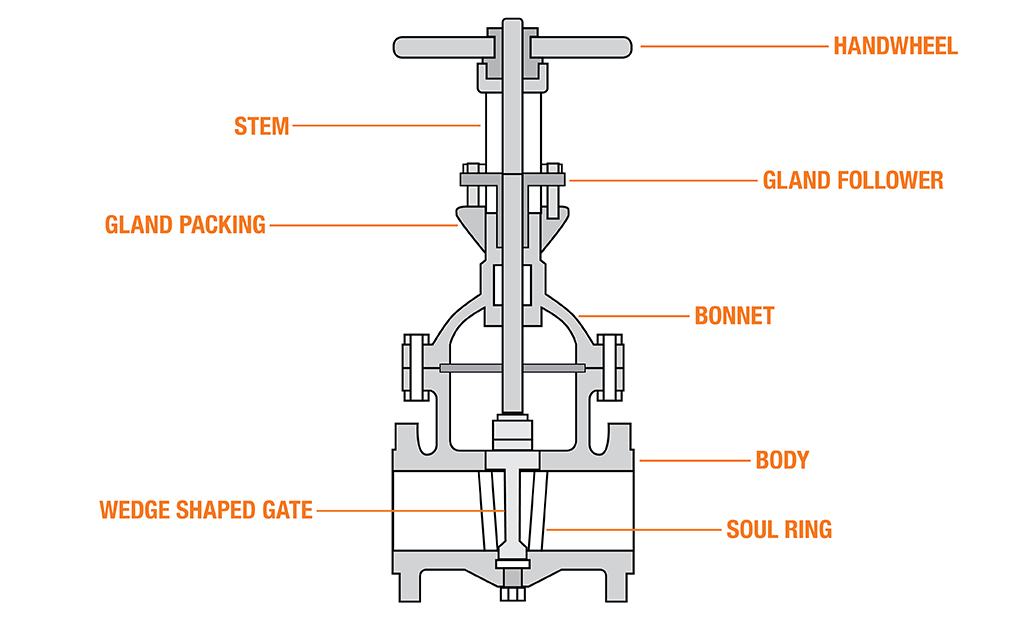
A gate valve is a linear motion valve used to start or stop fluid flow; however, it does not regulate or throttle flow. The name gate is derived from the appearance of the disk in the flow stream. Figure 4 illustrates a gate valve. The disk of a gate valve is completely removed from the flow stream when the valve is fully open.
Gate valve butterfly valve check valve structure analysis diagram, exploded diagram TFW VALVE
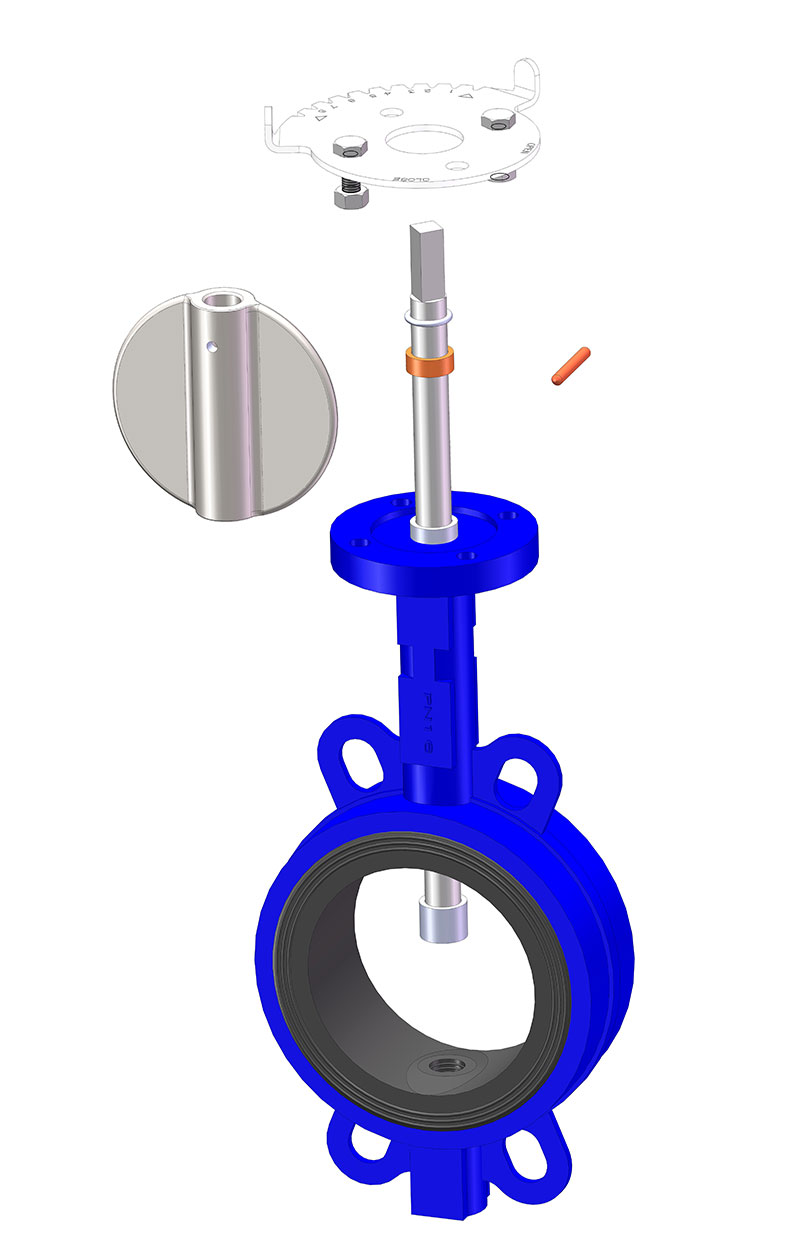
Major Components of a Gate Valve: An Overview. Let's zoom in a little closer to our friend, the gate valve. When you look at a gate valve diagram or a gate valve parts diagram, you can see the major components that make up this powerhouse: the body, the bonnet, the stem, the gate or disc, and the seat rings.
Dn 80 3 Inch Gate Valve Resilient Seat Ductile Cast Iron Gate Valve Square Nut Operation
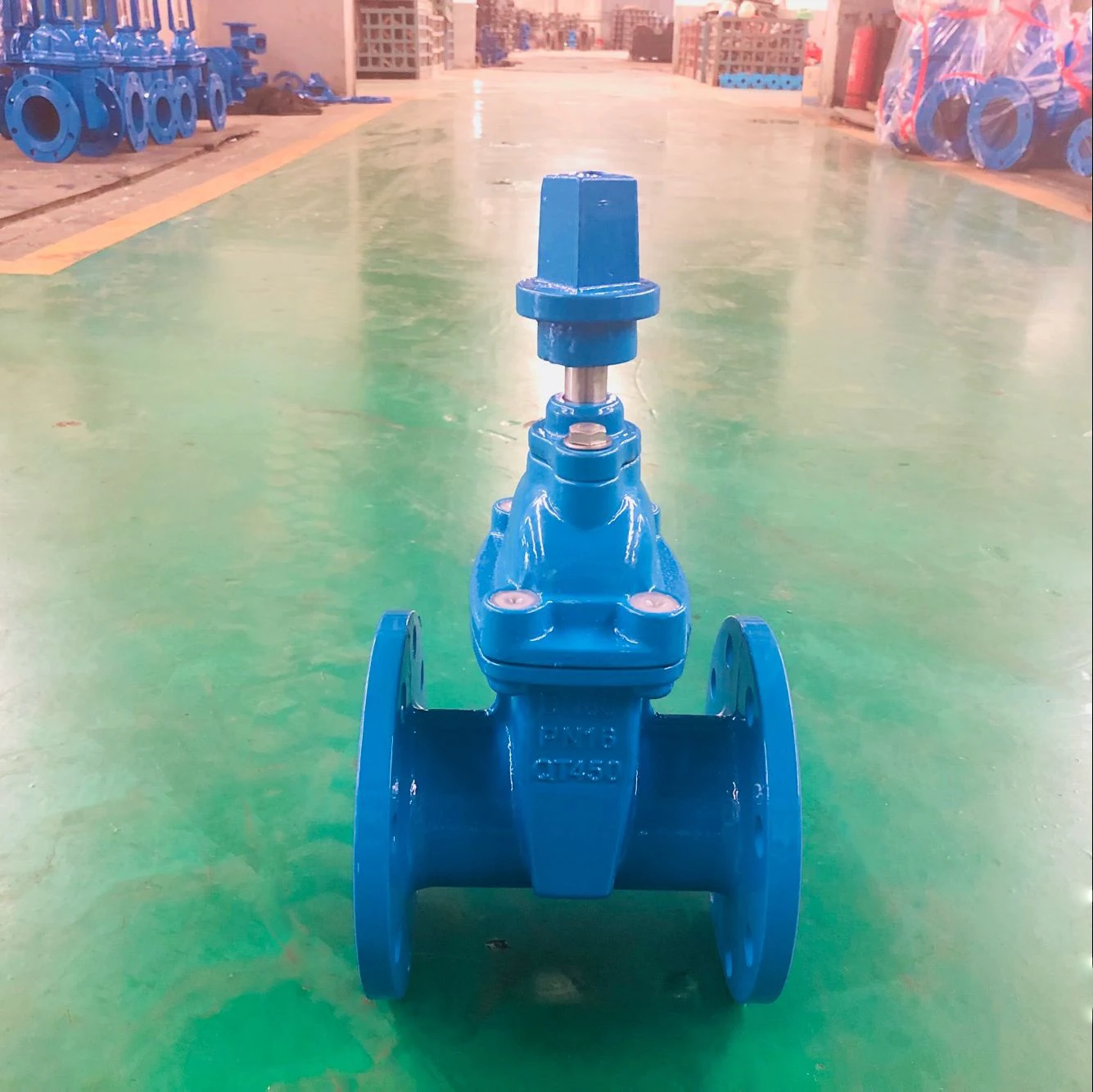
A gate valve is a linear motion valve used to start or stop fluid flow; however, it does not regulate or throttle flow. The name gate is derived from the appearance of the disk in the flow stream. Figure illustrates a gate valve. The disk of a gate valve is completely removed from the flow stream when the valve is fully open.
What is Gate Valves Diagram , Working , Advantages , Applications

A diaphragm valve symbol in a valve diagram signifies the valve's unique construction. The valve actuates by applying a force to compress the diaphragm against a saddle or seat. Diaphragm valves are typically used in process applications that require the robust control of liquids and gases. Angle Valves.
Types of Gate Valve and Parts A Complete Guide for Engineer
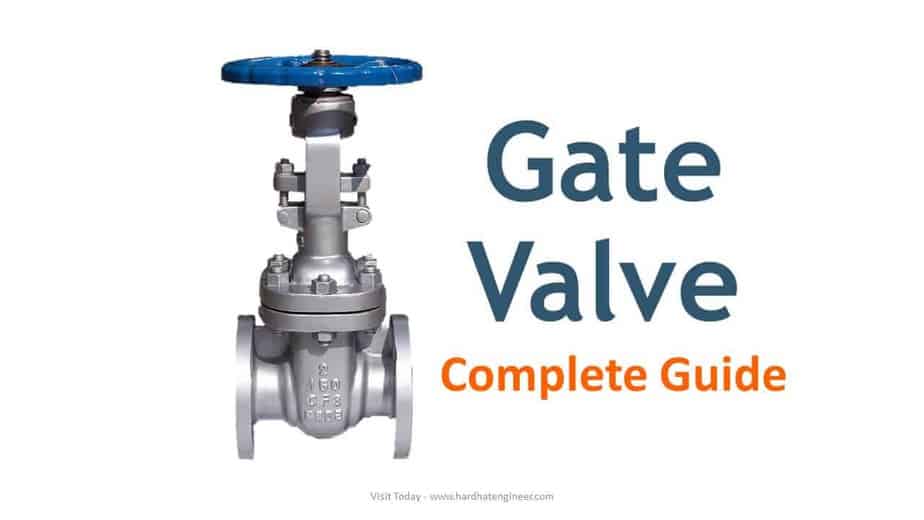
Gate valve diagram and parts. A gate valve has seven main parts, which can be seen in Figure 3, which are: handwheel (A), stem (B), gasket (C), bonnet (D), valve body (E), flange (F), and gate (G). A flanged gate valve or threaded gate valve is the most common connection type to connect the valve to an application. In addition, depending on the.
Universal Valve
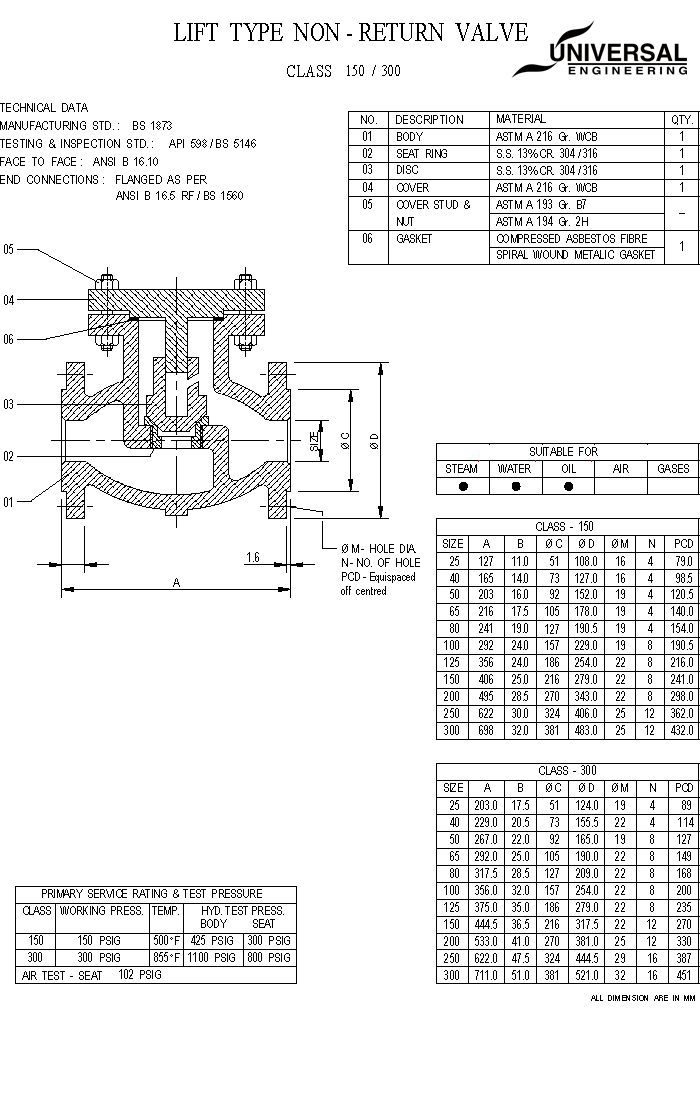
Gate valves operate by lifting or lowering a gate to control the flow of fluid. When the valve is in the closed position, the gate is fully lowered, blocking the pathway for fluid to pass through. To open the valve, the gate is lifted, creating an unobstructed flow path. 7. Full Flow and No Flow.
gate valve data sheet pdf Gate valve valves

Advantage of gate valve. 1.Fluid resistance :-Gate valves have very low fluid resistance. The straight inner media channel of the body allows the medium to flow directly through the valve without changing direction, resulting in minimal fluid resistance. As a result, the flow's path is clear.
NRS Gate Valves Cixi Fly Pipe Equipment Co.,LtdCixi Fly Pipe Equipment Co.,Ltd
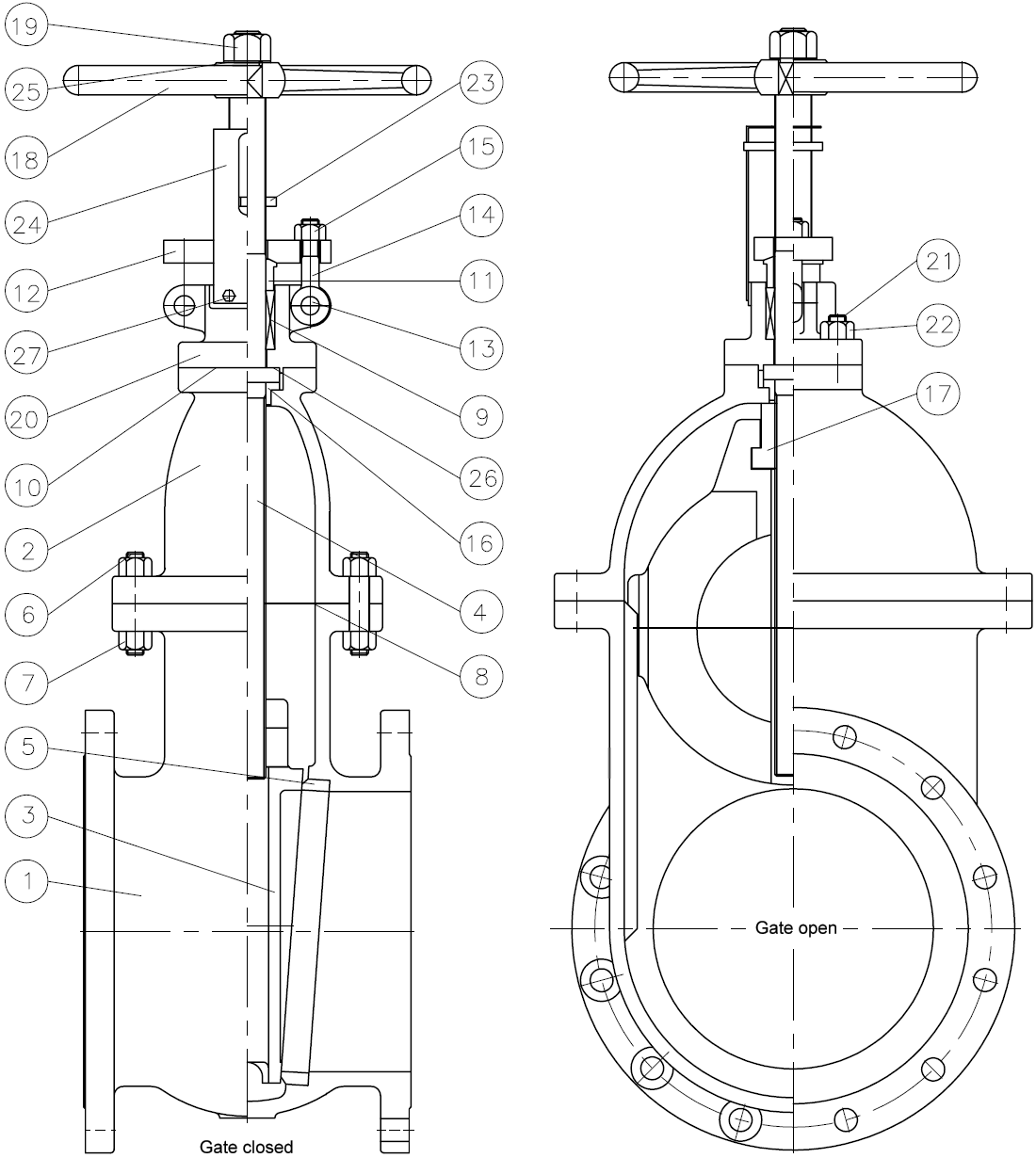
Types of gate valves based on body, bonnet connection. 1st is screwed bonnet: This is the simplest design available and it is used for inexpensive valves. 2nd is bolted-bonnet: This is the most popular design and is used in a large number of gate valves.
What is Gate Valve ? Gate Valve Parts Disadvantages of Gate Valve
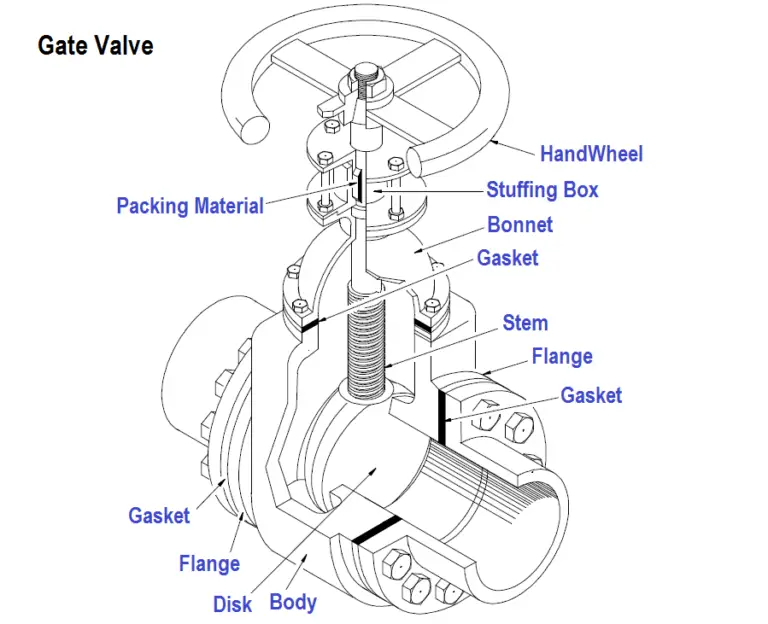
A gate valve diagram illustrates the internal components and operation of a gate valve. The diagram typically shows the valve body, bonnet, gate, seat, stem, and handwheel. As the handwheel is turned, the stem moves up or down, causing the gate to open or close. The gate valve is used to control the flow of fluids in a pipeline and is often.
Mommy, Daddy, Where Do Valves Come From? & Blog
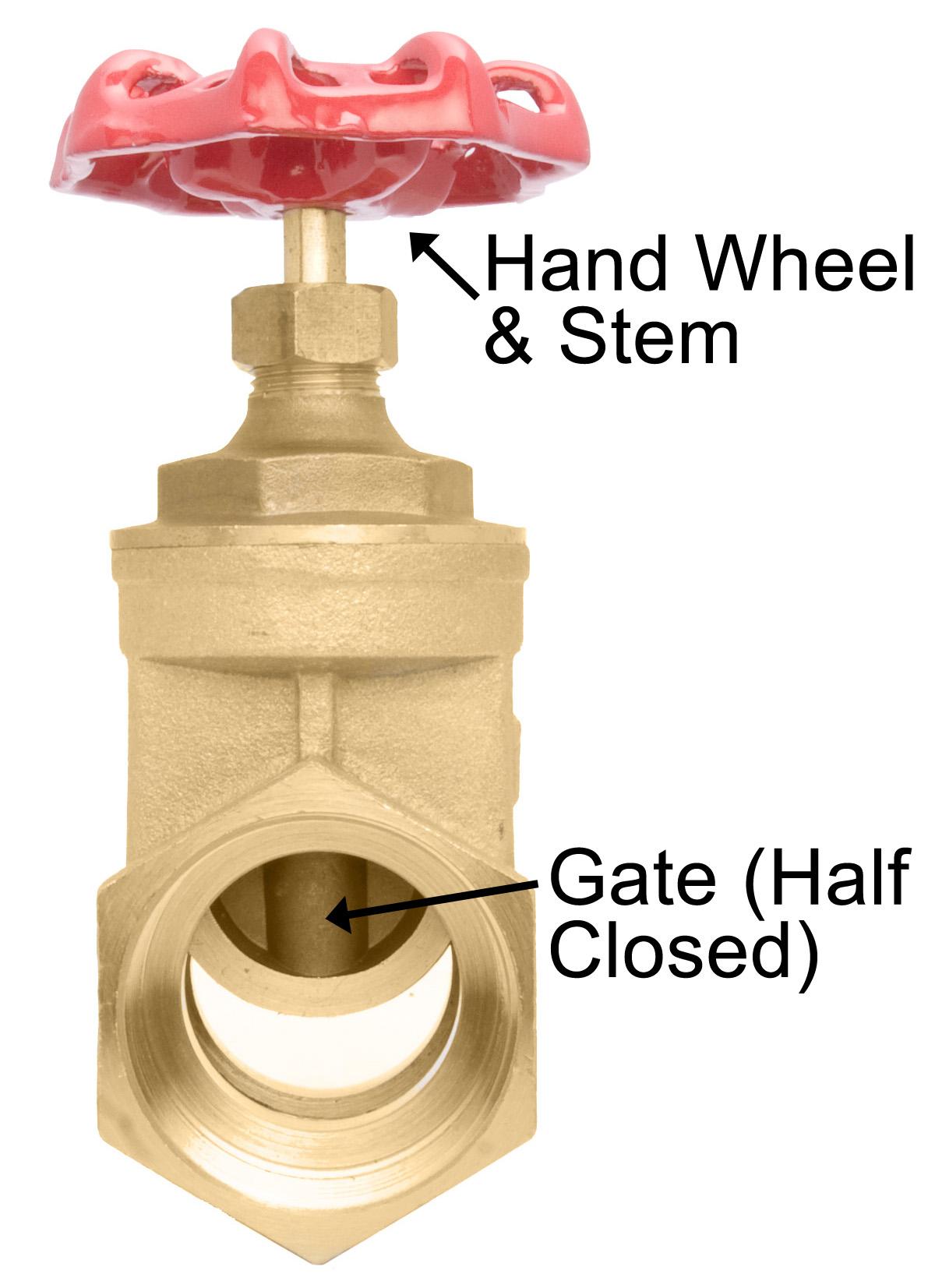
Diagram 9 PNEUMATIC GATE VALVE WITH SOLENOID . GATE VALVE GENERAL INFORMATION Gate Valve Operation Description Pneumatically actuated gate valves are opened and closed by applying air pressure to either side of a piston located in the air cylinder of an actuator housing. The Gate Valve cycle time is controlled by air pressure entering into
Valve Trim and Parts Including API Trim Charts
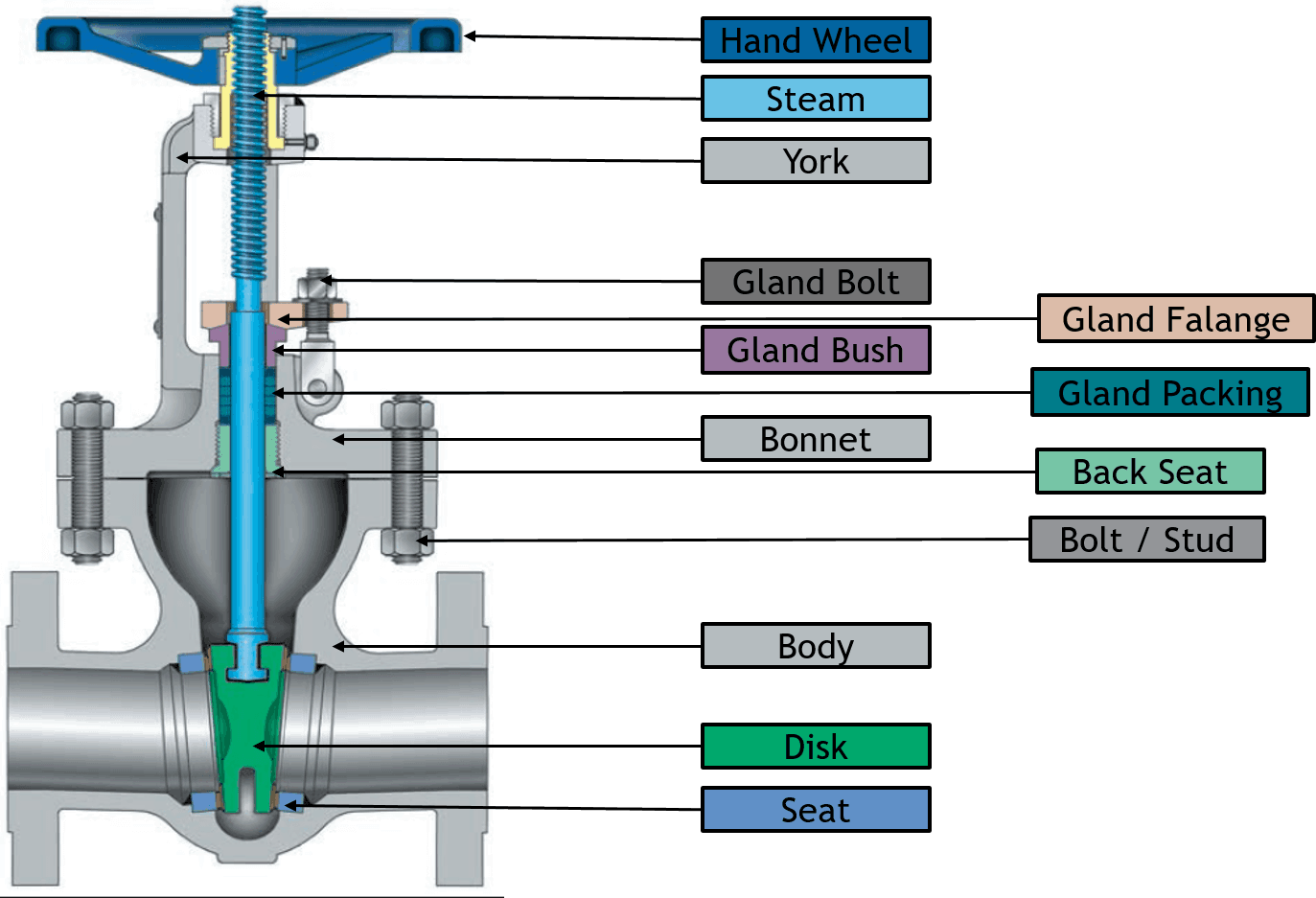
A gate valve is a wall that has dual flow directions. It is not subject to the flow direction of the medium. Therefore, it is suitable for use in the pipeline where the medium may change the flow direction. Disadvantage of Gate Valve: The following disadvantages or demerits of Gate Valve is: We cannot use a gate valve for controlling the flow.
Gate Valves Types of Gate Valves (Plus Detailed Pictures)

The different types of gate valves can be determined on the basis of their movement and closure as well. Wafer gate valve, spring-loaded gate valves, ball gate valves, swing gate valve, and diaphragm gate valve. Wafer Gate Valve: They include a butterfly or wafer style disc and allow straight flow without hindrance.
Top 106+ gate valve drawing super hot seven.edu.vn
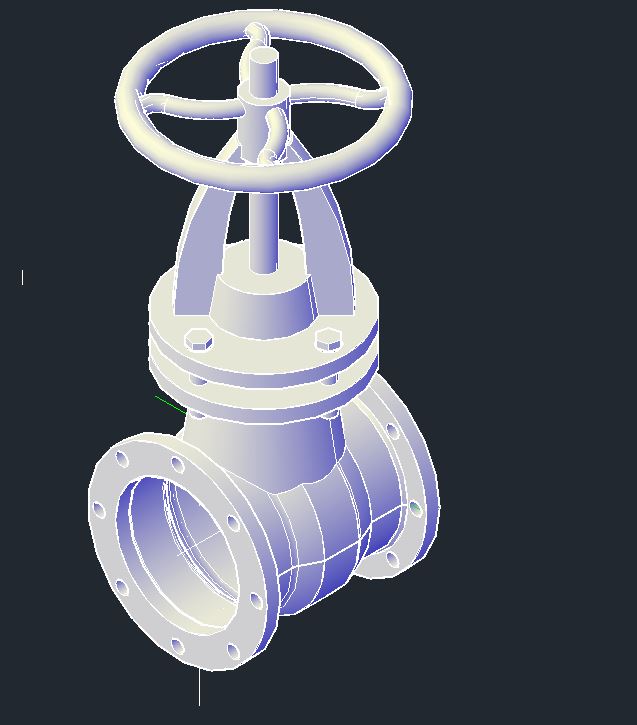
How It Works: Gate Valves. All valves are designed to stop, allow, or throttle the flow of a process fluid. Gate valves—one of the original valve designs—are ideally suited for on-off, primarily liquid, service. A gate valve functions by lifting a rectangular or circular gate out of the path of the fluid. When the valve is fully open, gate.
gate valve diagram section cut through Valve gate wedge parts drawing typical valves part
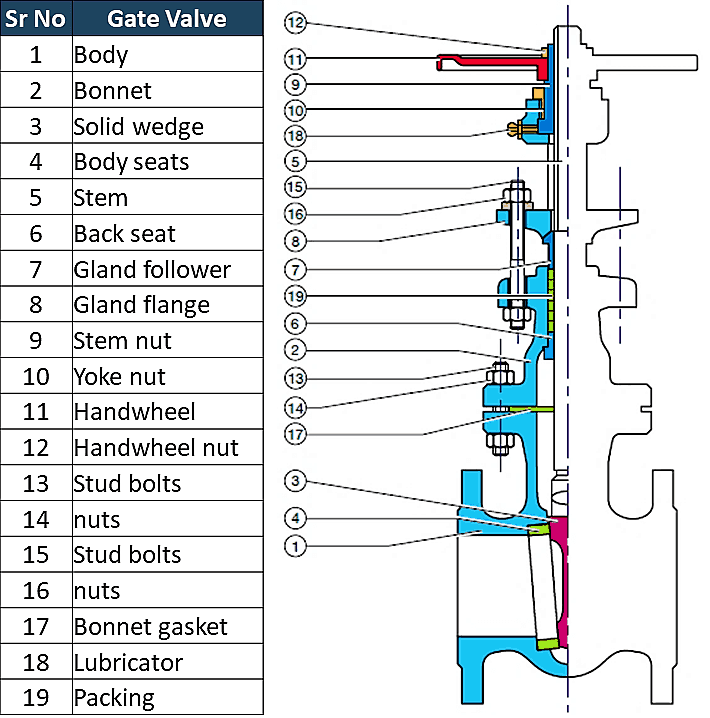
Gate Valve Diagram. This is a cut-out diagram showing typical parts of a gate valve, giving you a visual indication of its basic components, stem design and function. Key parts such as the bonnet, stem, seal rings and valve body are labelled for clearer identification. Image: RS.
Gate Valve Types and Parts Engineering Learn
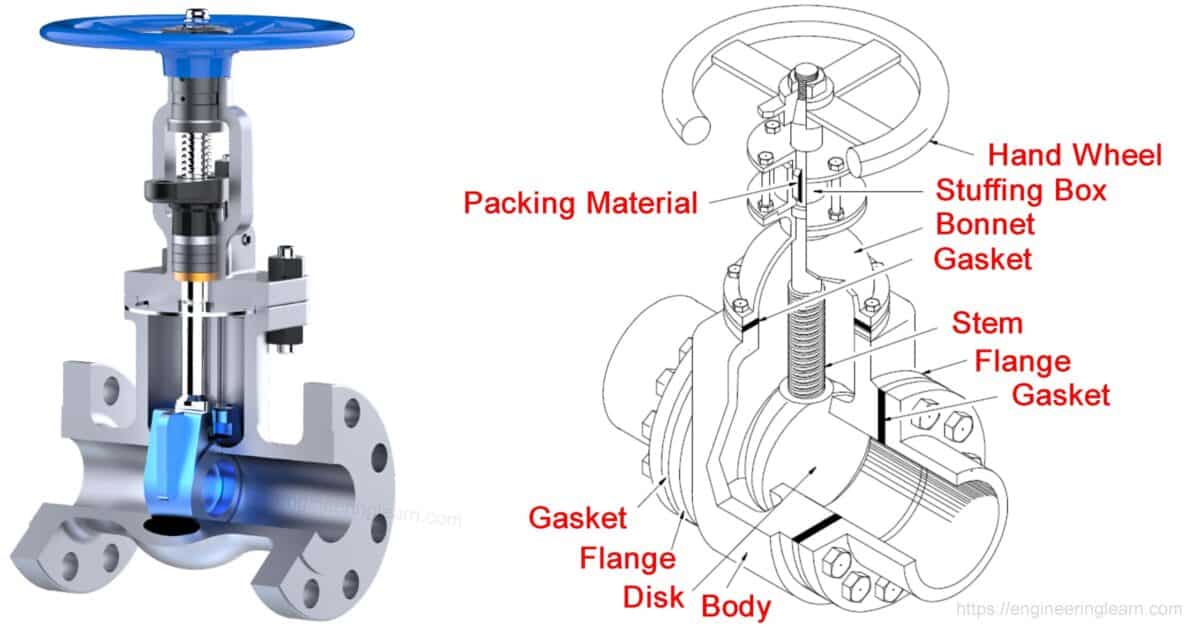
Gate valves control water flow with a brass wedge. Water ball valve. use a stainless steel ball to control water flow. There are three basic valve styles, making this a classic case of good, better and best (described in order as follows). All three can be used for water, oil or airflow control if the casting has 'WOG' stamped on it.